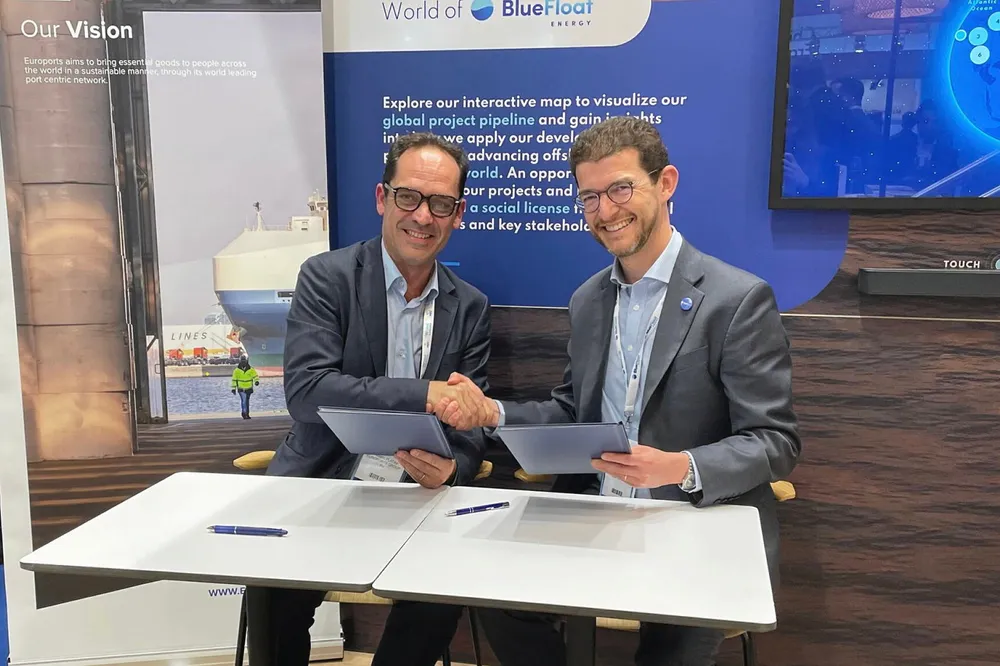'Every port in Scotland': BlueFloat goes the extra mile to crack floating wind's conundrums
Madrid-based developer engaged in detailed push for solutions as it looks carry ScotWind projects to realisation

As a company that is pursuing floating offshore wind plays in 10 different countries and a pipeline estimated at 43GW, of which 27.5GW is floating, BlueFloat Energy has a broad range of possibilities to consider when it comes to technologies and processes. CEO Carlos Martin says the company is putting its shoulder to the wheel over how to get the best out of each play.
“Once we have that short list of technologies, we cluster them in groups according to their fabrication capabilities, looking at what is required to deliver them in volume, cost and quality."
From that perspective, Martin admits to a learning towards semi-submersible technologies, although this refines further into three categories: tubular steel, flat panel steel and concrete.
“We believe all three of them can be successful but requiring very different fabrication capabilities. So, in parallel to selecting technologies, we also spend a lot of time and effort trying to map out existing fabrication capabilities, yards and ports, looking at those that are not necessarily competing with bottom-fixed and places that can deliver the volumes we're talking about for floating wind," he adds.
"We're talking about serial production. We’re not talking about fabricating prototypes or demos or small scale projects. We're talking about doing gigawatt projects. And for that you need a completely different mindset in terms of the fabrication capabilities required."
The aim of this huge effort is to position the company as one of the leaders in this industry and help demonstrate that floating wind "can be viable, bankable and it can move down the cost curve, just like it did in any other renewable technology", Martin adds.
Port partnerships are taking shape too such as the strategic alliance BlueFloat Energy signed with Euroports in March, covering cooperation in ports infrastructure and supply chain for offshore wind.
Scotland needs more
In the core UK market, he acknowledges that Scotland has a need to develop more port infrastructure to have a full capability for floating wind.
"We have analysed every single port in in Scotland. We have visited them, we have met with the port authorities, we have engaged and supported their development. For example, we were the first developer to support the application of the ports of Cromarty Firth and Inverness for a Green Freeport status," he states.
“Ideally, we would like to partner with players with capabilities to make those (infrastructure) investments and to operate the ports. We can offer them technical knowledge about the port requirements needed for floating wind and we believe we have the portfolio of projects that can justify those investments, and the scale to basically build capacity in those ports. It also gives us the visibility about how we are going to execute those projects," Martin explains.
BlueFloat’s own biggest shareholder Quantum Capital Partners has backed a major transformational project to turn Ardersier Port, located east of Inverness, into a private industrial port geared largely towards offshore wind.
(Copyright)